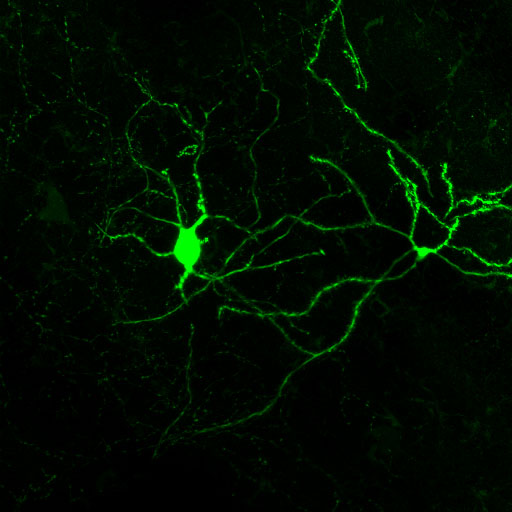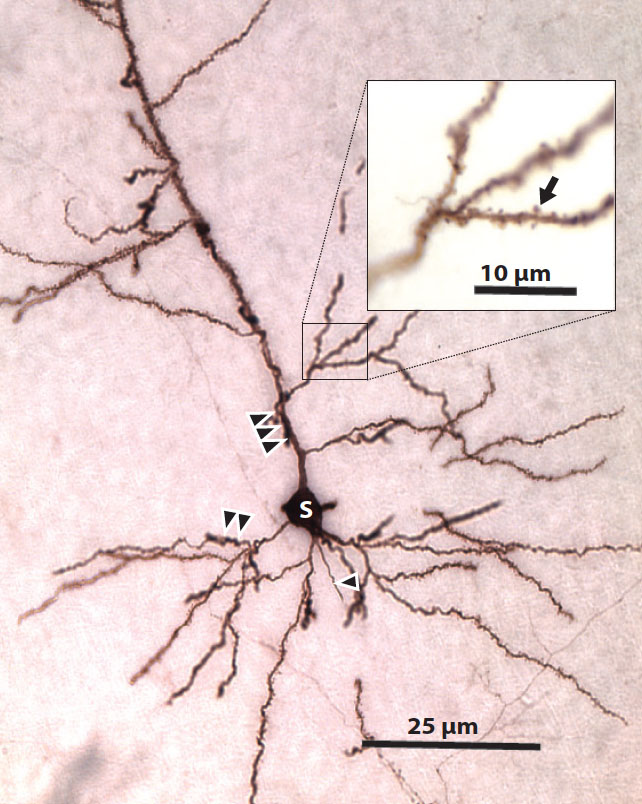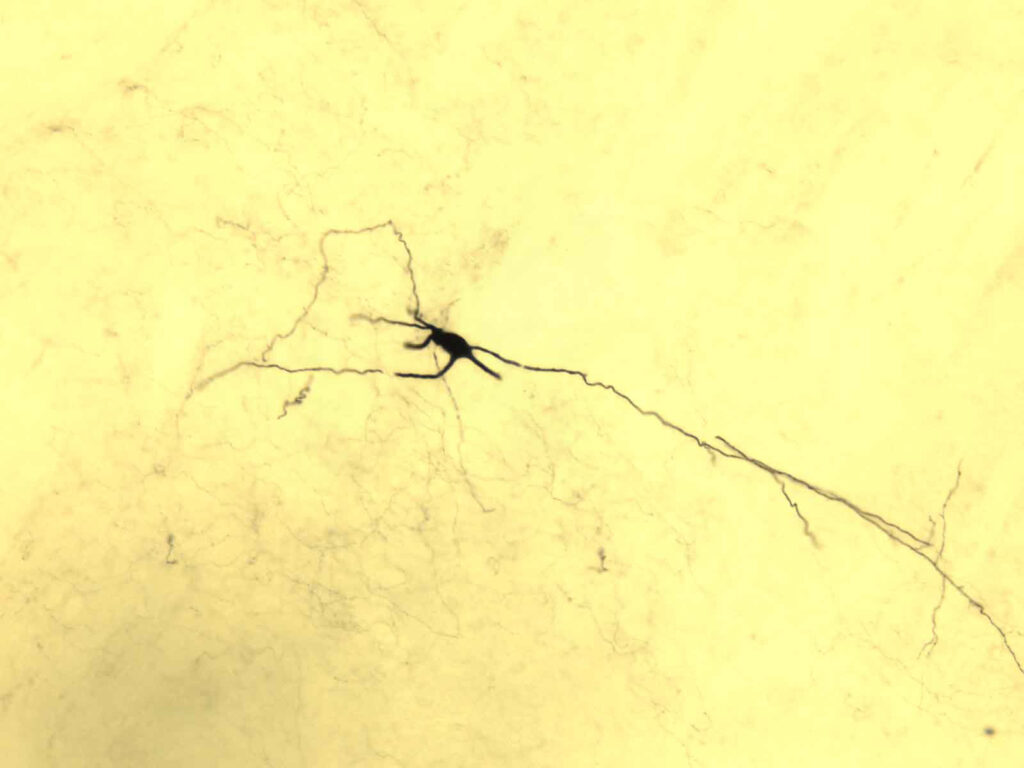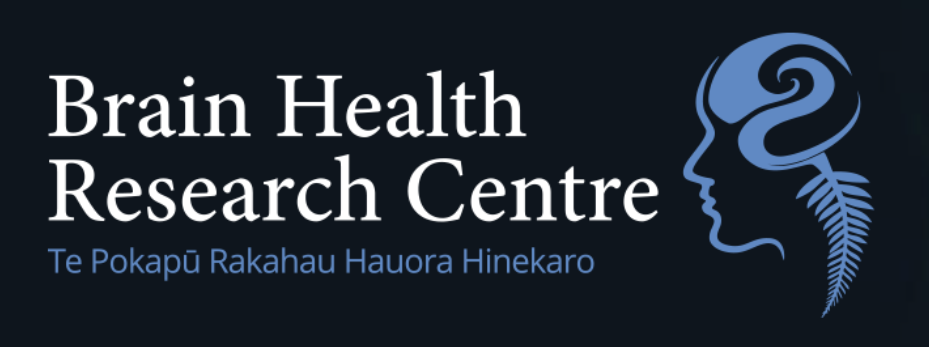The Basal Ganglia Research Group (BGRG) at the University of Otago consists of laboratories within the Department of Anatomy and Department of Physiology, as well as having strong ties to the Neurobiology Research Unit at the Okinawa Institute of Science and Technology. Our research shares the common link of an interest in the function of a group of areas in the brain collectively called the basal ganglia, and their interaction with other brain regions. Dysfunction of the basal ganglia contributes to disorders such as Parkinson’s disease, Huntington’s disease, attention-deficit hyperactivity disorder (ADHD) and schizophrenia.
We are particularly interested in the functioning of the striatum, the region involved in processing information that enters the basal ganglia, which contains the vast majority of the brain’s neurochemicals dopamine and acetylcholine. We are also investigating the interactions of the basal ganglia with the cortex and the thalamus, which are the major input and output areas. A better understanding of the normal functioning of the cells in the basal ganglia and associated areas will lead the way to better treatments for many neurological disorders.



